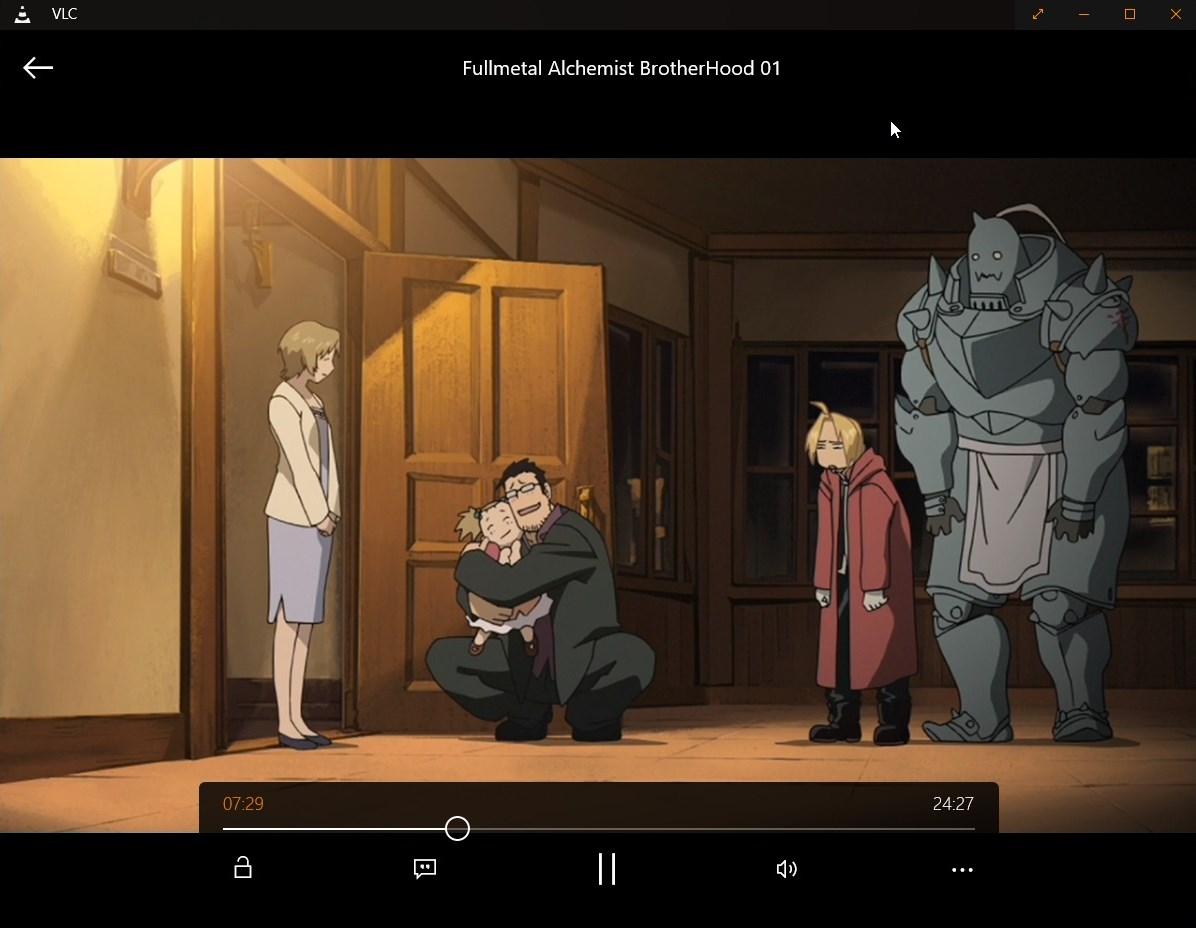VLC Media Player for Windows updated
VLC Media Player is one of the most popular all-in-one players for Windows. It is available as a desktop program but also as an app in Windows Store on Windows 8.1 and newer.
VideoLAN, the organization behind the media player, has pushed out an update recently for the Windows 10 version of the player that introduces a new user interface.
The first version of VLC for Windows 8 was released in the beginning of 2014 and while it shipped with support for popular media formats, we came to the conclusion in our review that there was lots of room for improvements.
One core feature missing at the point in time was an option to add custom folders to the player. It only picked up the default Music and Video folders of the system which meant that you had to move all media into them for it to be recognized.
The new version ships with a redesigned improved interface. If it is the first time starting the application you may or may not see video and music listed under home. This depends again on the location of the media on your system.

Unlike in the first version of VLC for windows 8, it is now however possible to add custom folders to the app. This is done in the following way:
- Select the menu icon in the top right corner and click on the settings link afterwards.
- Select the Video or Music setting.
- Click on "add a new folder" to add a custom location to the app. VLC will include all suitable media files found in that location automatically.
- You may want to run a rescan of the library afterwards though.
Videos play in windowed mode by default but there is a fullscreen option available for those who prefer that instead.
Other new features of interest include a new mini player, better video resume, better performance on low end devices, and a new search engine that should deliver results faster. Additional information are available on this website. A click on the following link opens the Windows Store listing of VLC.
You are probably wondering why you should bother with the application if you can pick the desktop client instead which offers more features and customization options. Touch-support is probably the main reason why someone would want to use the application as it is optimized for that.
Now You: Which media player do you use on Windows 10?
This article was first seen on ComTek's "TekBits" Technology News

- Log in to post comments